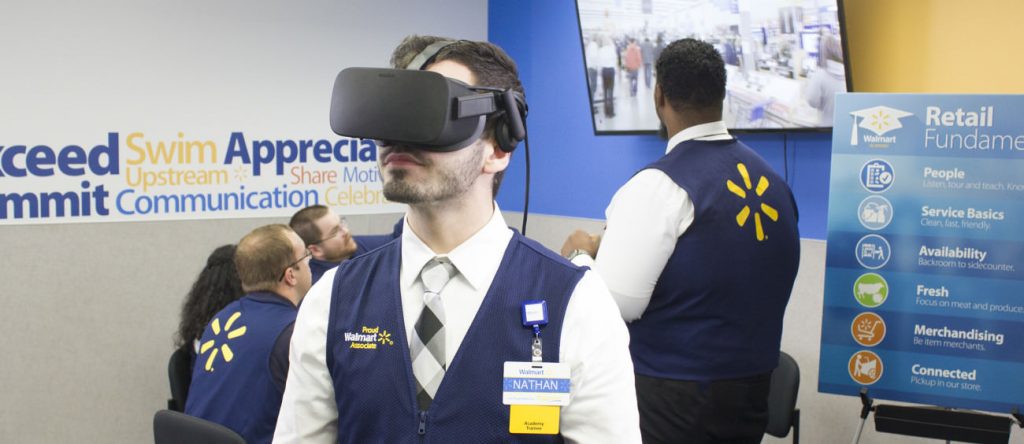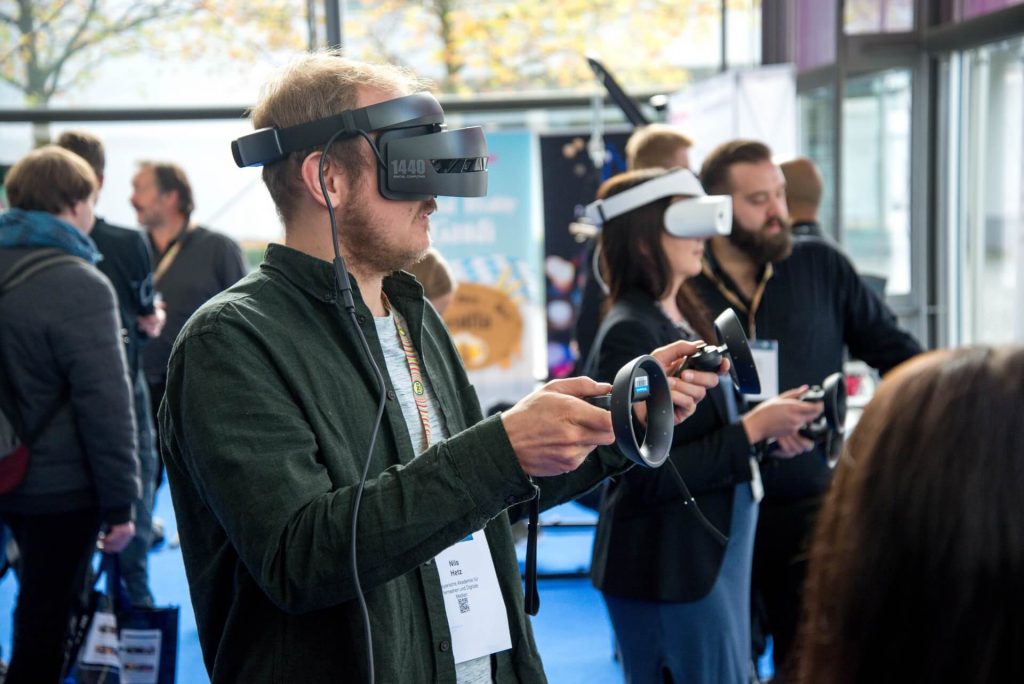Corporate learning drives competitive advantage. Think about the history of companies like Nokia who lost their market to new competitors like Apple, or the many search companies who lost the search market to Google. These companies don’t fail to innovate. They simply fail to learn. Learning on a corporate level has become one of the priorities for modern businesses. Today learning strategies are highly aligned to business goals and L&D spending now is more likely to be controlled from the C-suite than by HR and by business unit leaders.

What’s the catch?
Some studies have shown that only 10% of corporate training is effective. Imagine, 90 cents on every dollar spent in eLearning could be wasted. It’s not that the content of the training programs is necessarily bad; rather, it’s that companies are not laying the proper groundwork to get the most out of what is being taught.
In a fast-changing world, learning content quickly goes out of date. Even if you keep on top of it, it can be difficult for both instructional designers and learners to identify the latest versions. These avoidable errors lead to misinformed staff, issues around compliance and problems scaling knowledge – and can ultimately damage your company and its reputation.
50% of today’s workforce is made up of millennials, and expectations have changed and are evolving at a remarkable rate. Expectations of training platforms are the same as other digital platforms; on-demand, multi-device access, and cross-platform consistency. They expect social integration, collaborative learning, and personalized experience. Ensuring that content and delivery methods are flexible, agile and interoperable is essential for future-proofing your capabilities.
Much of the problem is that the monolithic courses of most LMS platforms only allow users to read, learn and explore content in a linear way. To give learning content true discoverability, more and more L&D departments are moving toward storing content in a more granular, discoverable way (such as XML or HTML5). As well as making it easier to search, filter and discover content at the micro level of each Learning Object, this also opens a wealth of new capabilities: reuse of existing learning objects, repackaging into different delivery channels and formats (whether print, app, LMS, PDF, EPUB3), and creation of custom products which are tailored to a local or even individual level.
Does virtual reality work for corporate learning?
The best way to learn is by doing. Since the 1950s, virtual reality (VR) has been hovering on the periphery of technology without achieving accepted mainstream application or commercial adoption. Over the last several years, VR has moved from being the purview of the military and aviation to the mainstream of professional development, as managers, instructors, coaches, and therapists have claimed increasing benefit from immersive experiences.
The best part about virtual reality is that it can drive actual behavioral changes far more effectively than previous media sources. In a Stanford study, researchers placed subjects in two groups—one experienced a VR simulation of chopping a tree down and another only read an account of it. Later, a researcher would “accidentally” knock over a glass of water. Participants who had experienced the VR simulation used an average of 20% less paper to sop up the water than those who had simply read the account.
Studies have demonstrated the efficacy of virtual reality learning. Training professional football quarterbacks with VR improves their decision making by 30 percent and helps them make decisions about one second faster. Stanford Professor Jeremy Bailenson has discovered that users retain 33 percent more from VR than standard video. Another study showed that fear of public speaking was reduced by almost 20 percent with VR and another that almost nine in 10 participants reduced their fear of heights with VR.

How get started with virtual reality for corporate learning?
Over the last couple of years, a special branch of virtual reality content creation developed – cinematic VR. Cinematic VR is simpler to develop. It is typically based on 360-degree video. It offers an affordable alternative with a low entry threshold in terms of technical skills and knowledge. Paired with some inexpensive mobile VR headsets, a 360-degree video can form the foundation of eLearning. It will transport learners into compelling, immersive stories and environments. A tight budget is not a problem. Equipment to shoot, stitch together, and produce 360-degree video can be assembled for around $1,000.
Just think of some of the applicable areas like new hire introduction and orientation, scenario-based learning, technical product training for service teams, customer training, soft skills development, diversity and inclusion training, compliance training to name just a few. These can all now be created by simply recording what happens at the actual place of work.
Interactive branched scenarios where users’ decisions determine the end results
Clickable 360-degree branching scenarios are a more advanced approach, as it combines 360-degree online training videos with clickable hot spots. For example, at the end of your 360-degree branching scenario, you can ask learners to choose from different paths. They click on the hotspot that appears on the screen, which reveals the outcome of their decision. Or you can overlay the videos with extra information. Or even insert “normal” videos like YouTube to get a deeper understanding of a specific subject. The viewers will have to discover what decision they should make to get to the optimal result. By making mistakes they will learn what desired and what isn’t.
Viar360 – built for corporate learning with the instructional designer in mind!
To typically have this kind of interactions you would need to know how to code. Or at least have someone available that could do that for you. Then you would have to deal with its issue of streaming the large 360-video files. Well, luckily that’s not a problem anymore. We built Viar360 so learning designers all over the world can now build beautiful engaging interactive VR experiences from 360-video without having to write a single line of code.
We take care of the heavy lifting and learning experts can focus on the content itself. Some of our current users are North Carolina State University, Syracuse University, MSU School of Journalism, Iowa State University, and Missouri School of Journalism, to name a few. We also have enterprises using our software for various purposes to further evolve their corporate learning and development content portfolio.
In the end, we built this product, because we believe that we can help people learn faster through experience. Edgar Dale visualized through his Cone of Experience that people remember 10% of what they read, 20% of what they hear, 30% of what they see, and 90% of what they do! We hope to help you achieve that kind of success within your companies as well.



